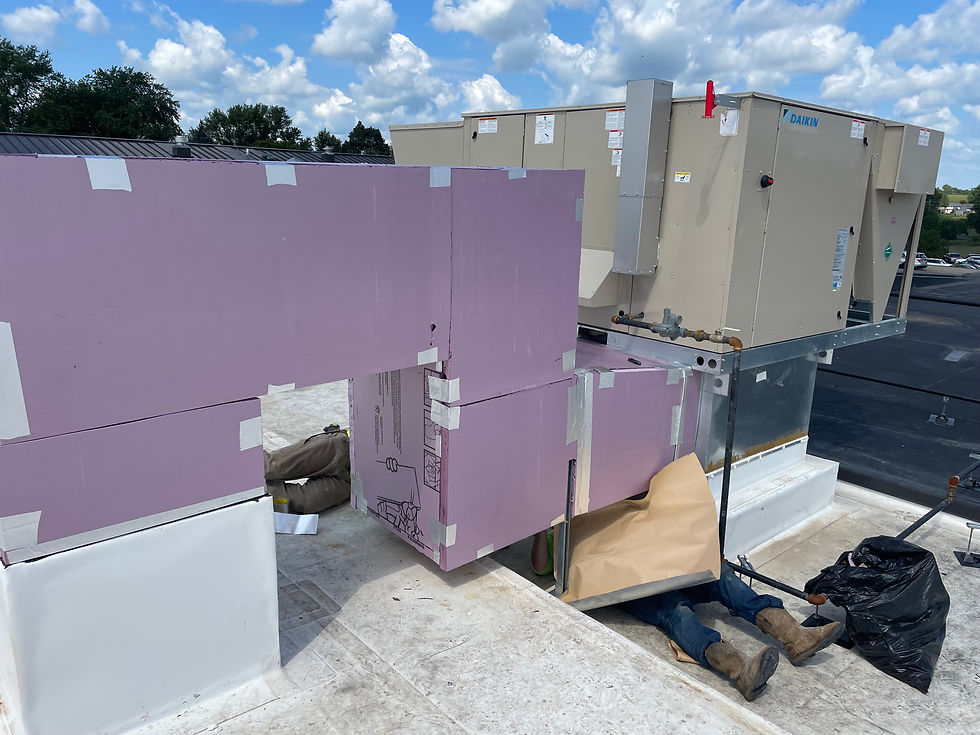Mechanical Insulation Services for Energy Efficiency and Sustainability
- troninsulation

- Dec 29, 2022
- 2 min read

Mechanical insulation is an important part of any commercial or industrial building's energy efficiency strategy. Not only does it help to maintain comfortable temperatures for occupants, it also reduces energy consumption and lo greenhouse gas emissions.
But what exactly is mechanical insulation, and how does it work?
Mechanical insulation is a material that is used to cover pipes, tanks, boilers, and other mechanical systems in order to reduce heat loss or gain. It is typically made of materials like fiberglass, cellulose, or foam, and is available in a variety of thicknesses and densities to suit different applications.
One of the key benefits of mechanical insulation is its ability to reduce energy consumption. By reducing the amount of heat that is lost or gained through mechanical systems, insulation helps to maintain more consistent temperatures within a building. This means that HVAC systems don't have to work as hard to maintain comfortable temperatures, which can lead to significant energy savings.
In addition to its energy-saving benefits, mechanical insulation also helps to reduce greenhouse gas emissions. By reducing the amount of energy that is needed to heat or cool a building, insulation helps to lower the overall carbon footprint of the building.
There are several different types of mechanical insulation, each of which is designed for specific applications. For example, thermal insulation is used to prevent heat loss or gain in pipes and tanks, while soundproofing insulation is used to reduce noise levels within a building.
In order to maximize the energy-saving benefits of mechanical insulation, it's important to choose the right type and thickness of insulation for the specific application. A professional insulation contractor can help to assess the needs of a building and recommend the most effective insulation solutions.
Overall, mechanical insulation is an important tool in the quest for energy efficiency and sustainable building practices. By reducing energy consumption and greenhouse gas emissions, it helps to create a more comfortable and environmentally-friendly built environment.
Carlos A. Troncoso




Comments